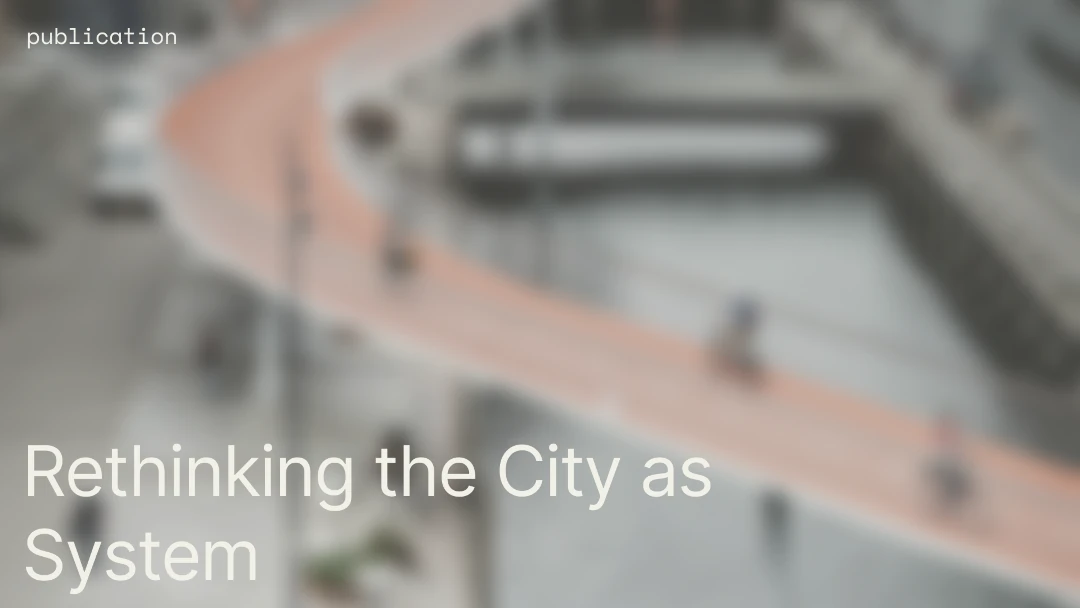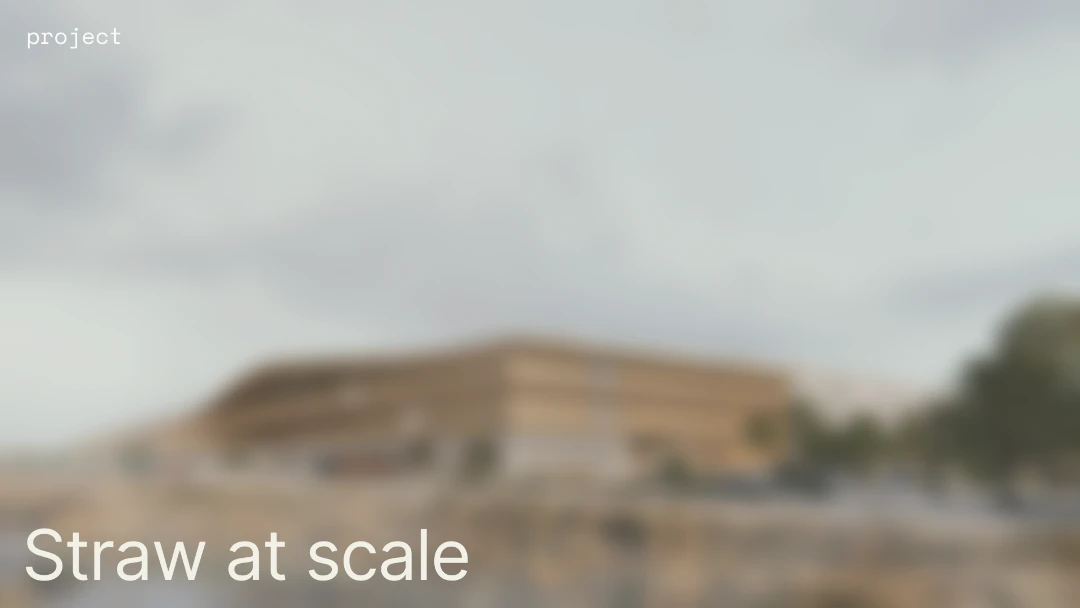
About
Mikkel Hallundbæk Schlesinger, holding an M.Arch from the Aarhus School of Architecture, chose to channel his education and passion into creating urban developments that harmonise with nature. In his career at CEBRA Architecture, where he is a partner, he has worked on various noteworthy projects like Nye, the Reduction Roadmap, 4-1 Planet, Store Ravnsbjerg, and Villa 1, all of which are a testament to his dedication to crafting spaces balanced between architectural finesse and ecological consideration.
What drives you?
It's my love for nature, art, and architecture that drives my work. My professional passion is also ignited by frustration over poor urban spaces and buildings: How can the experience of these spaces, the environment, and indoor climate be improved for the people who use them? Can they be used more effectively? Can they become more sustainable? Can they be integrated with or enhance the nature or city around them? These are the questions that drive me while working.
What are the main challenges today when you look at sustainability in the built environment?
I am deeply concerned with our role in solving the ecological crisis we are facing. 'Reduction Roadmap.' It is an interdisciplinary collaboration between CEBRA, EFFEKT, Artelia, and several Danish universities. It emerged once again from our frustration with the state of things in the built environment. For many years the industry has talked about sustainability and green constructions without our buildings changing significantly. The climate crisis demands action now, but there has been a lack of verifiable, scientific numbers on what it means to build in a climatically sustainable way.
With the Reduction Roadmap, we have, for the first time, quantified how to build within the Paris Agreement and the planetary boundaries.
The shocking news we received from scientists was that the building industry must reduce its carbon footprint by 96%, from around 10 kg CO2/m2/year to 0.4. The roadmap successfully illustrated how we can achieve this within a reasonable time frame: 7 to 14 years, which would be in line with the Paris Agreement.
Our primary goal with the roadmap is to accelerate the green transformation of the building industry by inspiring investors to put money into low-impact construction and informing policymakers about the need for stricter regulations. Following the roadmap will be challenging, but not impossible, and it has been received much better by the industry than we feared when we realised how much was required. Major Danish players like PensionDanmark and the Green Building Council have embraced it. It is very motivating and gives hope for the future to see that we can make a difference and collectively transform the industry.
What is your opinion on the standardisation of LCA and Material Data?
Measuring and setting clear goals is the only way to make a change. For that, standardised methodologies and material data are certainly key.
How do we move towards bio-based & regenerative Materials?
The most powerful tools for change in our industry are legislation and money, so with the Reduction Roadmap, we target investors and politicians and are campaigning to create awareness around the fact that the building legislation and climate science aren’t aligned. In general, we need to prioritise technologies and materials that remove carbon from the atmosphere today.
What are your wishes for this industry?
In one word? Time. I'm thinking a lot about it right now. Maybe partly because I'm turning 50 in the fall and partly because time plays a crucial role in how we think, design, and invest in architecture.
One of the most inspiring projects we are working on is based on a new approach to time and sustainability: 'Nye', outside Aarhus is an entirely new city for a minimum of 15,000 people, a project we began working on about 15 years ago for the Aarhus-based developer Jørn Tækker.
Designing a new city is both inspiring and nerve-wracking. It's a unique opportunity to rethink the way we live our lives, but there are also many examples of utopian cities that have turned into ghettos or speculation. The first phase of the city is now underway, and 700 people have moved in. Strong communities have formed, the architecture is of high quality, and nature has been enhanced with wild plants, lakes, ditches, and streams, resulting in a significant increase in biodiversity. One of the reasons for this success has been the focus on time. Tækker works with a 200-year perspective on the development of the city, meaning that investments in the quality of life, inclusion, and the balance between people and nature are more important than investments in square metres. In the building industry, we can learn a lot from this approach. I'm confident that the long-term perspective will ultimately benefit all bottom lines, including the economic one.
Where should the industry stand by 2030?
By 2030 I hope that we will have learned how to build regenerative cities that reduce human impact on the planet. The only way we can get there is by collaborating internationally across the industry. So let's team up and change the world.
Read more about the Reduction Roadmap here: https://reductionroadmap.dk/




























